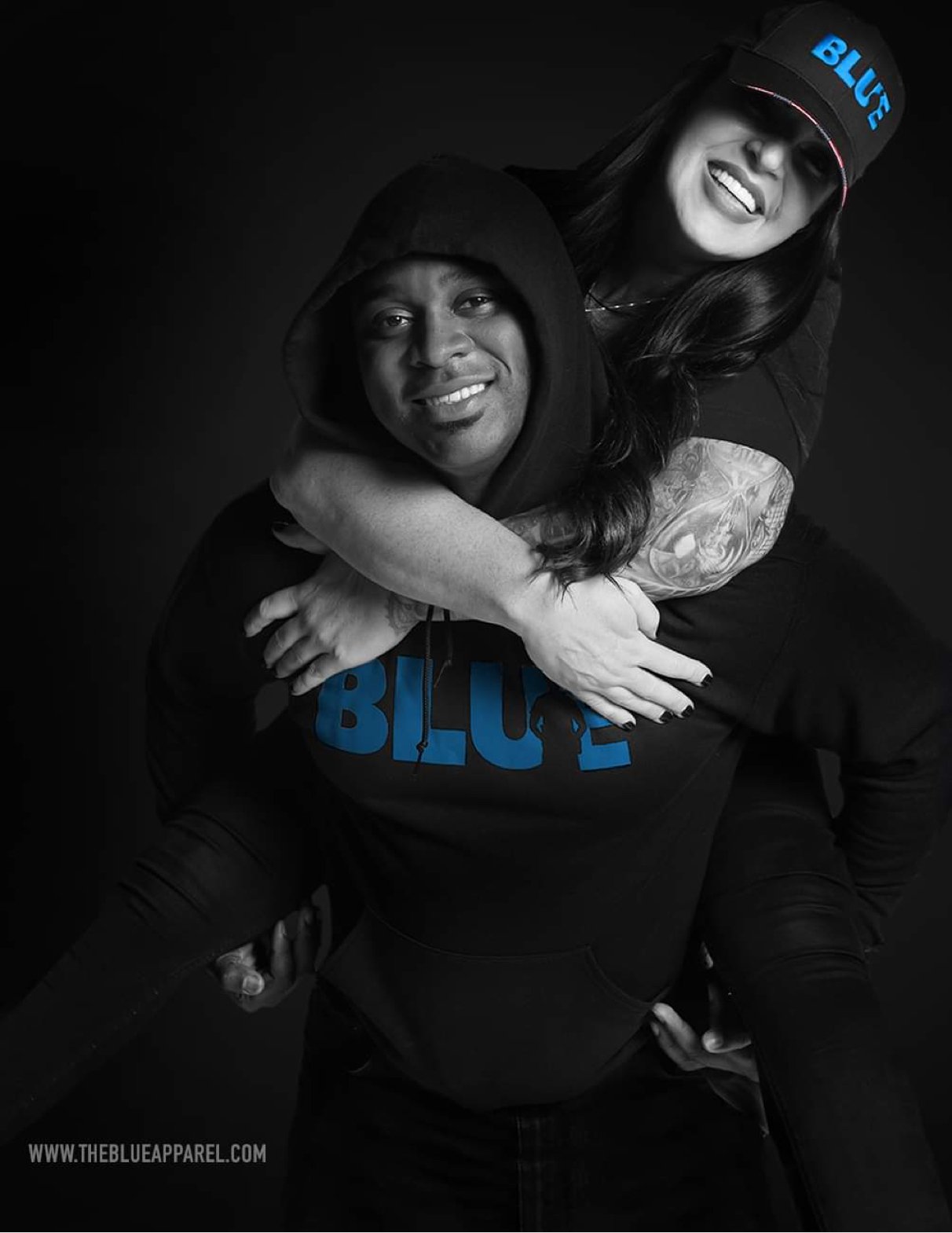OFFICER SAFETY: Is Tombstone Courage the expectation in a world of compartmentalized thinking?
/By: Joel E. Gordon
When someone uses a compartmentalized thought process, they look at a subject with a narrowly focused “tunnel vision” and fail to see the whole picture. In psychology, compartmentalization is recognized as an unconscious psychological defense mechanism used to avoid cognitive dissonance or the mental discomfort and anxiety caused by a person's having conflicting values, cognitions, emotions, beliefs, etc. within themselves.
Compartmentalization allows these conflicting ideas to co-exist by inhibiting direct or explicit acknowledgment and interaction between separate compartmentalized self-states.
Compartmentalization may lead to hidden vulnerabilities in those who use it as a major defense mechanism.
With that in mind, I almost entitled this column “what happened to officer safety.”
I have often been critical of law enforcement “experts” with little or no street credentials who have been actively involved in attempting to redefine “modern” policing. Much of this began to take hold in earnest from within law enforcement when the Police Executive Research Forum first released its best practice recommendations, seven years ago, a part of its CRITICAL ISSUES IN POLICING SERIES "30 Guiding Principles- Taking Policing to a Higher Standard." Here in synopsis form for your own “critical” review:
POLICY
1. The sanctity of human life should be at the heart of everything an agency does.
2. Departments should adopt policies that hold themselves to a higher standard than the legal requirements of Graham v. Connor. Agency use-of-force policies should go beyond the legal standard of “objective reasonableness” outlined in this 1989 U.S. Supreme Court decision.
3. Police use of force must meet the test of proportionality. In assessing whether a response is proportional, officers must ask themselves, “How would the general public view the action we took? Would they think it was appropriate to the entire situation and to the severity of the threat posed to me or to the public?”
4. Adopt de-escalation as formal agency policy.
5. The Critical Decision-Making Model provides a new way to approach critical incidents.
6. Duty to intervene: Officers need to prevent other officers from using excessive force.
7. Respect the sanctity of life by promptly rendering first aid.
8. Shooting at vehicles must be strictly prohibited.
9. Prohibit use of deadly force against individuals who pose a danger only to themselves.
10. Document use-of-force incidents and review your data and enforcement practices to ensure that they are fair and non-discriminatory.
11. To build understanding and trust, agencies should issue regular reports to the public on use of force.
12. All critical police incidents resulting in death or serious bodily injury should be reviewed by specially trained personnel.
13. Agencies need to be transparent in providing information following use-of-force incidents.
TRAINING AND TACTICS
14. Training academy content and culture must reflect agency values.
15. Officers should be trained to use a Critical Decision-Making Model.
16. Use Distance, Cover, and Time to replace outdated concepts such as the “21-foot rule” and “drawing a line in the sand.”
17. De-escalation should be a core theme of an agency’s training program.
18. De-escalation starts with effective communications.
19. Mental Illness: Implement a comprehensive agency training program on dealing with people with mental health issues.
20. Tactical training and mental health training need to be interwoven to improve response to critical incidents.
21. Community-based outreach teams can be a valuable component to agencies’ mental health response.
22. Provide a prompt supervisory response to critical incidents to reduce the likelihood of unnecessary force.
23. Training as teams can improve performance in the field.
24. Scenario-based training should be prevalent, challenging, and realistic. In both recruit and in-service programs, agencies should provide use-of-force training that utilizes realistic and challenging scenarios that officers are likely to encounter in the field.
EQUIPMENT
25. Officers need access to and training in less-lethal options.
26. Agencies should consider new options for chemical spray.
27. An Electronic Control Weapons deployment that is not effective does not mean that officers should automatically move to their firearms.
28. Personal protection shields may support de-escalation efforts during critical incidents, including situations involving persons with knives,baseball bats, or other improvised weapons that are not firearms.
INFORMATION ISSUES
29. Well-trained call-takers and dispatchers are essential to the police response to critical incidents.
30. Educate the families of persons with mental health problems on communicating with call-takers.
Although not without merit, the fallacy in these recommended guidelines is that officer safety concerns appear to be secondary to public perception concerns of police actions taken. Top of mind awareness to officer safety must be front and center when implementing best practice techniques and training.
While de-escalation of volatile situations, when possible, can be conducive to officer safety, these techniques can also become counterproductive to officer safety in real world scenarios. Maybe the Police Executive Research Forum should do more to enlighten all the “Monday morning quarterbacks” who wish to review life and death decisions officers must make under duress and in the heat of battle.
What’s next? Disarming police as already implemented by some.
Joel E. Gordon, Managing Editor of BLUE Magazine, is a former Field Training Officer with the Baltimore City Police Department and is a past Chief of Police for the city of Kingwood, West Virginia. He has also served as vice-chair of a multi-jurisdictional regional narcotics task force. An award winning journalist, he is author of the book Still Seeking Justice: One Officer's Story and founded the Facebook group Police Authors Seeking Justice. Look him up at stillseekingjustice.com








